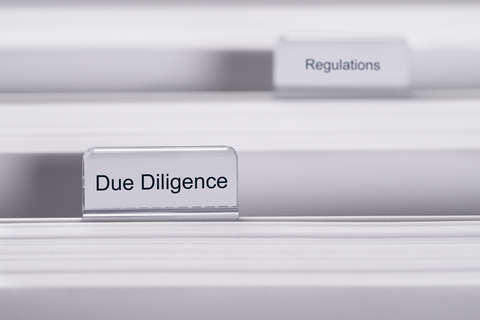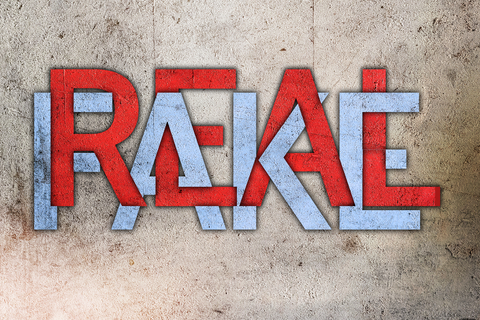Turn M&A risk into reward: The power of due diligence background investigations
In the fast-paced world of mergers and acquisitions (M&A), where deals can make or break companies, conducting financial, operational, legal, and other types of due due diligence will separate the successes from the failures. But one crucial part of due diligence, the background investigation, is often overlooked and underestimated.
The Role of Background Investigations
Background checks in M&A are not just about confirming identities or criminal records. They dig deep into the reputational and operational histories of key individuals and entities. This includes examining past business dealings, financial strengths and weaknesses, litigation history, regulatory compliance, and even cultural alignment with the acquiring company. While financial statements and legal documents tell part of the story, a background investigation that uses public records, news, social media, interviews, and other research methods, will complete the picture.
What you Might Find in a Background Investigation
Skeletons in the Closet – A clean criminal record for key executives is a must. Past fraud, safety violations, or regulatory breaches can uncover the true story behind a target company’s culture and any future compliance risks.
Hidden Liabilities – Background checks can reveal outstanding lawsuits, liens, or judgments–those financial burdens you might inherit after the merger. If someone can’t manage their own finances, what will happen in their businesses?
Reputational Risks – Negative press or social media controversies surrounding the target company or its leaders can tarnish your brand after the merger and affect the bottom line. Finding these issues before you complete the deal allows you to plan for damage control.
Hidden Gems – Background checks aren’t just about red flags. They can also reveal valuable assets like under-utilized patents, highly-skilled employees, or strategic partnerships, which may enhance the value of the deal.
Best Practices for Conducting Background Investigations
Start early – Incorporate background checks into the due diligence process from the outset. This allows time for negotiation and facilitates decision-making. Don’t let any surprises interfere with your process.
Comprehensive scope – Go beyond the basic criminal check. Look at civil court cases, bankruptcies, judgments, liens, business partnerships, and more. You want to create a full profile, including both the good and the bad.
Unbiased third party – Anyone involved in the outcome of the deal should not take on the due diligence. It’s easy to overlook the warning signs, so try using your research department if you have one or–even better–an outside investigator.
Legal Compliance – Make sure all background checks comply with state, local, and international laws regarding privacy and data protection. That means getting signed authorizations for obtaining official degree verifications and never buying banking information from online sources.
Continuous Monitoring – Consider ongoing monitoring post-transaction to mitigate risks that may arise after the deal closes. Conduct regular updated reports or set up alerts for continuous monitoring. That way you’ll know if and when anything changes.
As businesses navigate complex M&A landscapes, leveraging the power of due diligence background investigations will transform potential risks into rewards. By identifying and acting on red flags early in the process, companies can make informed decisions, protect their investment, and pave the way for a successful merger or acquisition.



